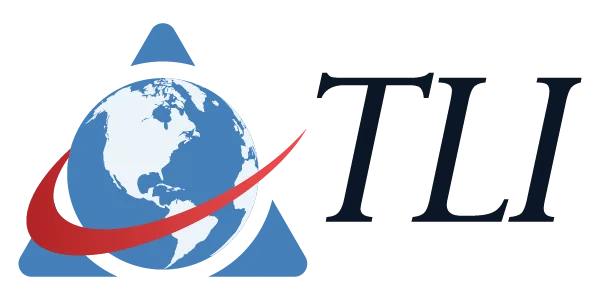
The National Motor Traffic Association (NMFTA) held the first of many listening sessions for the upcoming changes to NMFC Codes. Here is what you need to know about NMFC Docket 2025-1, the first provision to NMFC Codes:
What is an NMFC Code?
A National Motor Freight Classification Code (NMFC) is a voluntary standard for classification of commodities. This is the standard in Less-than-Truckload (LTL) shipping. The class determines pricing base on the commodities volume, stowability, handling, and liability.
NMFC Docket 2025-1: Understanding the Changes
The first of the changes will be known as Docket 2025-1. This docket will highlight the first of the upcoming changes and focus on all NMFC codes with no handling, stowability, and liability issues to a 13 sub class density system. If there is handling, stowability, and liability issues, a special symbol will identify these commodities.
The goal of the upcoming changes it to simplify the freight classification process. Here are the goals of the changes:
- Enhance LTL Freight Class User Experience
- Select LTL Freight Class Accurately on First Try
- Reduce Friction between Shippers, Carriers, and 3PLs
The Freight Classification Development Council (FCDC) will be in charge of the changes. At this time, there is no concrete list of what is being changed. Once Docket 2025-1 is released in January 2025, there will be an initial release and a formal process before changes are made.
Stowability, Handling, and Liability: What Does This Mean and Why Does It Matter?
First, let’s discuss the meaning of each of these terms:
- Handling: How easy is the product to move? Is it palletized, stackable, require additional equipment to move the product?
- Stowability: How easy it to store the product? Can it store on a trailer?
- Liability: Is this product subject to theft? Is it fragile?
The FCDC keep in mind these 3 terms, along with volume, when classifying commodities. If there is no issue with transportation routing with these codes, then the commodity will update to a 13 sub class density system.
By moving items that do not have any issues in these categories, the classification is able to be more standardized. Moving to a density base classification allows for similar groupings of items and reducing the codes.
How Does 13 Sub Density Help?
The 13 sub density helps every party with reducing friction. Below you will find a brief example on every party in the shipping process:
Shippers / 3PLs
By eliminating different protocols for classifying individual commodities, a shipper will find classifying freight easier. The calculation of a freight class becomes standard and is truly base on the density of the freight. Selecting the correct class also eliminates the need to dispute charges and provide accurate billing on the first invoice.
Carriers
Moving towards a density base classification means requiring dimensions, weights, and handling units for every shipment. This helps carriers plan operationally and move freight efficiently. Accurately billing on the front end also helps a carrier operationally to receive cash for services and eliminate back end work.
What Do I Need to do Now?
The changes will release at the end of January 2025. Following the release of these initial changes, the changes will need to have approval. There is nothing that needs to be done now, except to pay attention.
Paying attention will help your organization prepare as many NMFC codes will be changing. To keep up to date, continue to follow our resources page here at www.shiptli.com.
How can I learn more about the coming NMFC changes?
The NMFTA is hosting listening sessions for shippers, giving you the opportunity to provide input on potential changes to the NMFC. The docket issue date is January 30, 2025, marking the first opportunity to review proposed changes to Docket 2025-1. Additionally, the FCDC public meeting will be held on March 3, 2025, where proposed changes will be discussed. So the supplement effective date is May 3, 2025, when approved changes from Docket 2025-1 will come into effect. This is the key date when the changes will be officially enforced.
